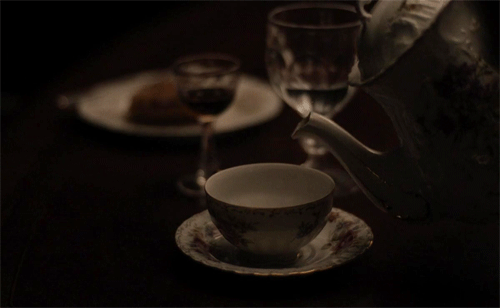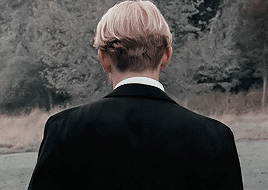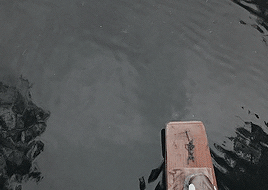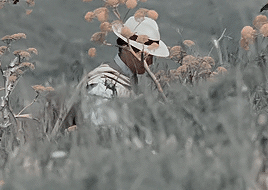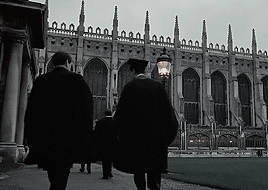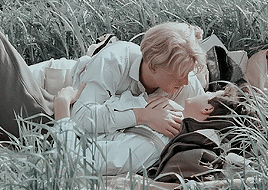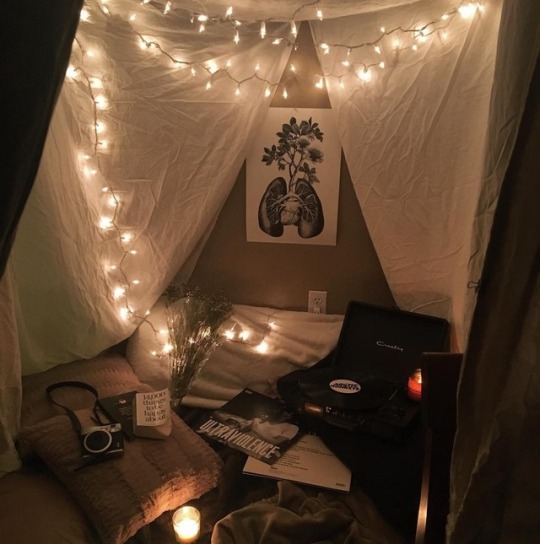Text
in the mood to join a cult of women dedicated to artemis or aphrodite or hecate, walk through the woods bare breasted in divine ecstasy, recite sappho under the stars, drink libations and pretend honey is ambrosia ~
25K notes
·
View notes
Text

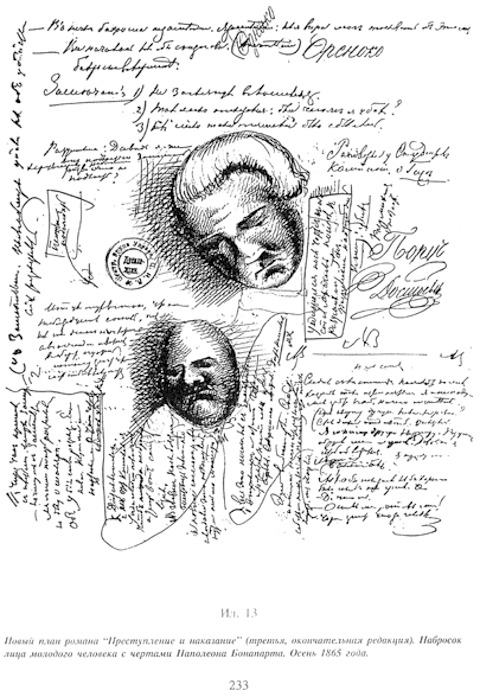

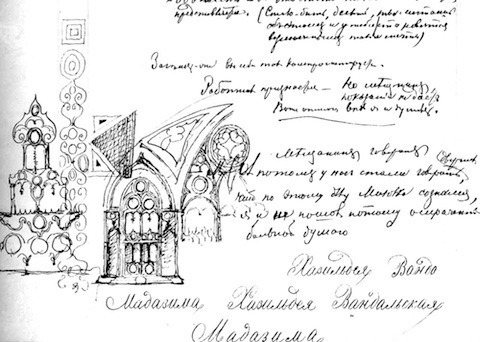
Some doodles of Fyodor Dostoevsky from his manuscripts.
2K notes
·
View notes
Text

Day 03/100 of productivity
Studying is always better with friends.
349 notes
·
View notes
Text
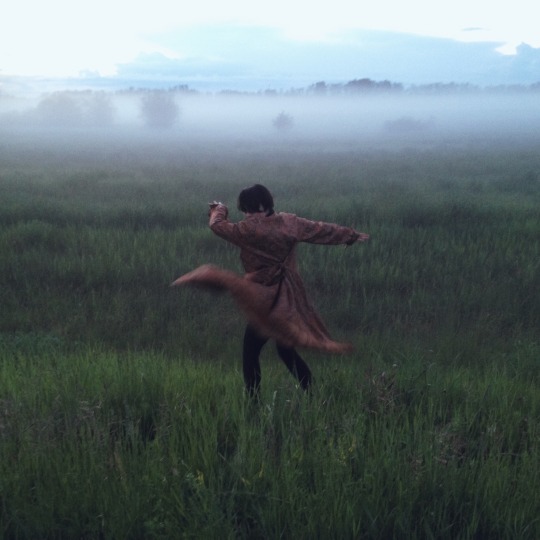
Me? Twirling in the fog? It’s more likely than you think.
1K notes
·
View notes
Text

“What little love may end,
as it always does,
and thus be new once more?”
E.K
As per usual,
Image quality improves when clicked on.
58 notes
·
View notes
Text
To whom do I owe the biggest apology? No one's been crueller than I've been to me.
— Alanis Morissette, "Sorry to Myself", Under Rug Swept
33K notes
·
View notes
Text
Academic writing advice inspired by Umberto Eco’s ‘How to Write a Thesis’:
Planning
Determine primary sources/bibliography.
Determine secondary sources/bibliography.
Find title.
Brainstorm a table of contents with as much detail as possible (with chapters, sections and even paragraphs and sub-paragraphs - see How to Write a Thesis’ own table of contents as an example at the end of this document) (if the first drafted table of contents is good enough, it will not be necessary to start the writing from the beginning).
Do a first draft of the introduction.
Note-taking and research
Use Google Scholar to make sure you do not miss important sources.
Keep the table of contents in mind when researching and take notes of which sources could go where.
While note-taking, differentiate which parts could be used as quotations from the ones that are simply important for the argument.
Eco underlines the importance of what he calls reading sheets, which can be understood as your notes on your readings. According to him, these should contain:
information about the author if he is not a well-known figure;
a brief (or long) summary;
they should mostly consist of quotations (accompanied by all the corresponding page numbers)
any commentaries you might want to add;
an indication of which part (or parts) of your table of contents the information mentioned belongs to.
Keep reading sheets on primary sources (which should be the longest) separate from those on secondary sources (which should only be 1-2 pages long).
In the end, re-read the notes and color-code all the different parts according to where they would fit in your table of contents.
Writing and editing
A good place to start would be by redrafting the introduction.
Define every key/technical term used/mentioned unless indisputably obvious.
General writing tips:
keep sentences short;
do not be afraid to repeat the subject twice (ex: Roberta went to the shop (…) Roberta bought carrots and tomatoes);
avoid excessive details;
avoid subordinate clauses (orações subordinadas);
avoid vague language;
avoid unnecessary adjectives;
avoid the passive voice.
While drafting, write everything that comes to mind. Leave the editing for the end.
Use your tutor as a Guinea pig. Make them read your first chapters (and, progressively, all the rest) well before delivery is due.
Ask for as much feedback as possible. Ask colleagues, friends and/or family to read your work. They will provide you with more diversified feedback, as well as allowing you to know if your writing is clear to anyone.
Stop playing ‘solitary genius’.
Don’t insist on starting with the first chapter. Start with what you know best and feel more comfortable writing about, then fill in the gaps.
Leave time for editing and try to take at least a one or two days long break in between writing and editing.
Do not forget to fill in the gaps. When you revisit your writing, go through it with all these writing tips in mind as well as a conscience of what your most common mistakes are.
Use Hemingway in the final editing phase.
Quotations and footnotes
Since there are two kinds of sources (primary and secondary), there are also two kinds of quotations: either we quote a text which we will interpret, or we quote a text which supports your interpretation.
Some quotation rules to know:
“Quote the object of your interpretive analysis with reasonable abundance.”
“Quote the critical literature only when its authority corroborates or confirms your statements. (…) when quoting or citing critical [aka secondary] literature, be sure that it says something new, or that it confirms authoritatively what you have said.”
“If you don’t want readers to presume that you share the opinion of the quoted author, you must include your own critical remarks before or after the passage.”
“Make sure that the author and the source of your quote are clearly identifiable.”
“When a quote does not exceed two or three lines, you can insert it into the body of the text enclosed in quotation marks. (…) When the quote is longer, it is better to set it off as a block quotation. In this case the quotation marks are not necessary, because it is clear that all set-off passages are quotes, and we must commit to a different system for our observations. (Any secondary developments [like the quote’s reference] should appear in a note.) (…) This method is quite convenient because it immediately reveals the quoted texts; it allows the reader to skip them if he is skimming, to linger if he is more interested in the quoted texts than in our commentary, and finally, to find them immediately when need be.”
Some footnote rules to know:
“Use notes to add additional supporting bibliographical references on a topic you discuss in the text. For example, ‘on this topic see also so-and-so.’”
“Use notes to introduce a supporting quote that would have interrupted the text. If you make a statement in the text and then continue directly to the next statement for fluidity, a superscript note reference after the first statement can refer the reader to a note in which a well-known authority backs up your assertion.”
“Use notes to expand on statements you have made in the text. Use notes to free your text from observations that, however important, are peripheral to your argument or do nothing more than repeat from a different point of view what you have essentially already said.”
“Use notes to correct statements in the text. You may be sure of your statements, but you should also be conscious that someone may disagree, or you may believe that, from a certain point of view, it would be possible to object to your statement. Inserting a partially restrictive note will then prove not only your academic honesty but also your critical spirit.”
“Use notes to provide a translation of a quote, or to provide the quote in the original language.”
10K notes
·
View notes
Photo




mini playlist
“young and beautiful- DH orchestral version” lana del rey
“movement” hozier
“icarus- live from queen’s college” bastille
“daddy issues
the neighbourhood
“buzzcut season” lorde
full playlist
7K notes
·
View notes
Photo

Timothée Chalamet
© Landon Nordeman for behind the scenes of Vanity Fair (2019)
12K notes
·
View notes
Note
Which Ivy League would you consider the most suited for DA?
I’ve thought about my answer a lot to this question and I’ll say this:
- A person doesn’t need to attend an Ivy League university to fit into the aesthetic (ex: Hampden College in TSH was not an Ivy)
- I in no way believe that Ivy Leagues are better than other universities or community colleges
- I recognize that there are many problems with elitism in academia especially in Ivy League colleges and the lack of POCs in academic communities, especially Ivies is a huge problem, and there is a lack of POCs in our DA community as well
I in no way mean to offend you for asking this, but because of these reasons (and many more) I’m not answering this question 🖤
This response is meant as a harmless acknowledgement about inclusivity and elitism in academia. This is not meant to start discourse, please refrain yourself from posting mean comments
120 notes
·
View notes
